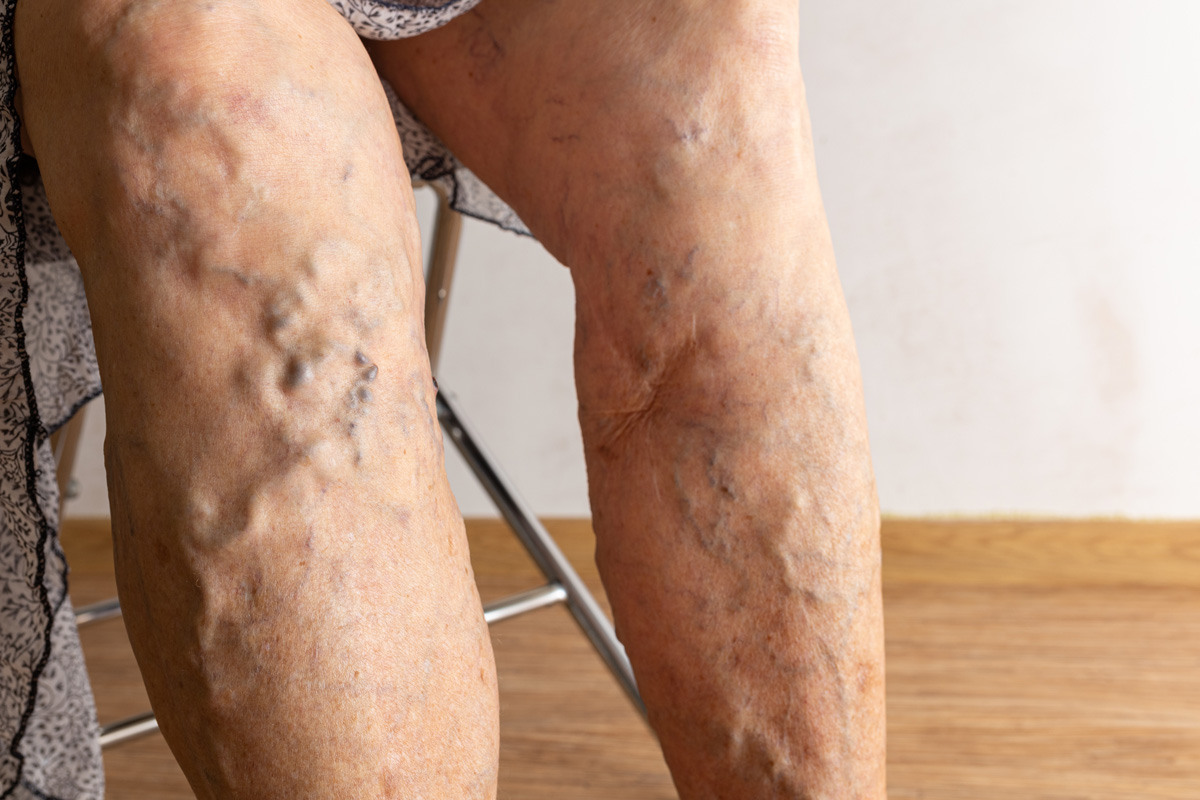Venous Stasis Ulcers Caused by Venous Reflux: What You Need to Know
Venous reflux and stasis ulcers are common vascular conditions that affect 1 to 3% of people in the United States. While they may seem unrelated, these conditions are often interconnected, with venous reflux being a leading cause of ulcers.
El Paso Varicose Vein Laser Clinic is Sun City’s leading vein clinic for venous reflux, which is the underlying cause of varicose and spider veins. Contact us online or call (915) 577-0121 to learn more.
What is Venous Reflux?
Venous reflux, also known as venous insufficiency or chronic venous insufficiency (CVI), occurs when the veins in the legs fail to properly return blood to the heart. Normally, one-way valves in the veins facilitate blood flow upward toward the heart while preventing it from flowing backward. However, with this condition, valves become weakened or damaged, especially when standing or sitting for extended periods of time.
Symptoms
This condition is often caused by age, obesity, or pregnancy. Common symptoms that may require immediate vein treatment in El Paso are:
- Swelling in the legs and ankles
- Enlarged, twisted varicose veins
- Leg pain or heaviness
- Skin discoloration, itching, or thickening
- In severe cases, it can develop into venous stasis ulcers
The Stages of Venous Reflux
- Achy or tired legs
- Visible blood vessels, like spider veins
- Varicose veins at least 3 millimeters wide
- Swelling, but no skin changes
- Discoloration and changes in texture
- Healed ulcer
- Venous stasis ulcers
What is a Venous Stasis Ulcer?
Venous stasis ulcers are open sores that develop on the lower legs or ankles due to poor blood circulation resulting from venous reflux. These ulcers typically form when chronic venous hypertension causes fluid to leak from the veins into the surrounding tissue, leading to tissue breakdown and ulceration. Venous stasis ulcers are characterized by slow-healing wounds that may persist for weeks, months, or even years if left untreated.
Symptoms
Venous stasis ulcers are caused by venous reflux. However, inflammation, reduced oxygen supply, and infection can also contribute to ulcer formation. Symptoms include:
- Open wounds or sores
- Discolored or hardened skin
- Pain or tenderness at the ulcer site
- Drainage of fluid or pus from the ulcer
- Foul odor from the wound
- Difficulty walking or standing
Treatment Options
While compression socks or bandages and topical medications can help, there are two minimally invasive vein treatments we recommend to address underlying venous reflex.
Endovenous Laser Therapy
A common treatment for this condition is ELT, which is where a doctor inserts a small laser fiber into the affected veins through the ankle. Once the fiber is inserted into the vein, laser energy is emitted through and into the vein wall. The energy heats the vein wall, causing it to collapse and seal shut. Then, blood flow is redirected to a healthier vein, and the closed vein is absorbed by the body.
Sclerotherapy
Instead of using laser heat, this vein treatment is where a professional will inject a chemical solution into the vein of your leg to cause the affected vein to collapse and be absorbed by the body.
Vein Treatment in El Paso
If you’re looking for treatments with minimal discomfort, look no further! Contact us online or call (915) 577-0121 to schedule an appointment today.

